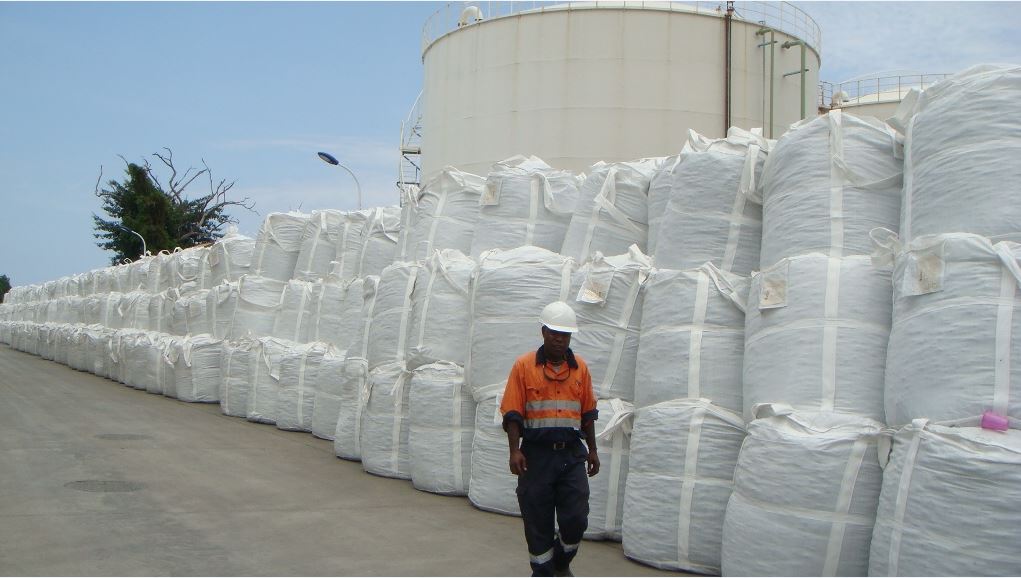
PNG’s geological prospectivity will continue to fuel significant economic growth providing that the PNG Government continues to maintain an attractive risk to reward environment for new ventures.
President of PNG Chamber of Mines and Petroleum, Gerea Aopi stated in his address at the Second APEC Business Advisory Council (ABAC 2) conference in Port Moresby for 2016 on Monday, April 25。
Aopi cited examples that on the minerals front, the discoveries at Frieda River in West Province and at Wafi-Golpu in Morobe Province are among the largest undeveloped copper-gold deposits in the world.
He further stated that the China-owned and Australian managed PanAust Mining expects to complete a feasibility study and Special Mining Lease application on Frieda River mid-year, while Australia’s largest gold producer, Newcrest Mining, and its South African partner, Harmony Gold, expect to commence development of the massive Wafi-Golpu resource within the next two years.
He said there are also a host of smaller mineral prospects in the exploration pipeline, including larger scale alluvial gold mining and dredging of iron sands in certain river delta areas of the country, which overall still remains relatively under-explored.
“In petroleum the field so to speak, ExxonMobil and its joint venture partners are in the process of developing the P’nyang gas field in the Western Province.
“French company, Total S.A, and its partners, Oil Search and InterOil, are presently completing technical and associated studies for the development of gas reserves in Gulf Province as Papua LNG, which will be at least as large as the existing PNG LNG project.
He said the Papua LNG is considered internationally to be one of the lowest cost operations proposed worldwide and therefore one of the most likely to proceed in the very near future.
Aopi said there are quite a number of what are termed ‘stranded’ gas discoveries, particularly in Western Province, smaller reserves that are not economic to development on their own. Some of the junior petroleum companies such as Spain’s Repsol and Horizon Oil are actively investigating these for consolidation or localised power generation.
”It is estimated that only half of the25 tcf of gas in the country has been discovered, primarily in the Papuan and East Papuan basins. Underexplored frontier basins exist along and offshore of the north coast.
“It took sixty years of exploration before PNG saw its maiden production of crude oil. Indeed, Frieda River has been an exploration and development target since the 1960s.” he said.
Aopi said despite of price volatility it is clear that international investors will continue to remain attracted to PNG, as long as the risk to reward relationship remains attractive.Longer-term investment in the country has borne fruit, made possible by attractive fiscal terms and a stable political climate.
He added that PNG’s geology and associated potential endowment of resources has attracted exploration activities by many of the major companies over the years: BP, BHP, Shell, Phillips, Chevron, Exxon-Mobil and more recently Total. This is set to continue.
Aopi assured delegates that PNG’s resource development will continue to contribute to increased economic integration within the APEC region. For example, 100% of LNG exports are sold to member countries in East Asia, as is a vast proportion of copper, gold, nickel and cobalt exports. This trade also contributes to strengthening regional service providers in fields such as insurance and shipping.
He said Papua New Guinea has a dynamic operating environment. With the current mix of industry players –new entrants and seasoned investors - the future looks bright for the industry and its continued involvement in the development of the country.
The current combination of an open and willing Government, stable politics and fiscal regime and the good relationship between the extractives industry and Government ensures that it continues to contribute significantly to the success of the mining and petroleum industry and the development of Papua New Guinea and its people.
Picture:Mixed hydroxide product for export at Ramu NiCo(MCC)Basamuk Refinery earlier this year
